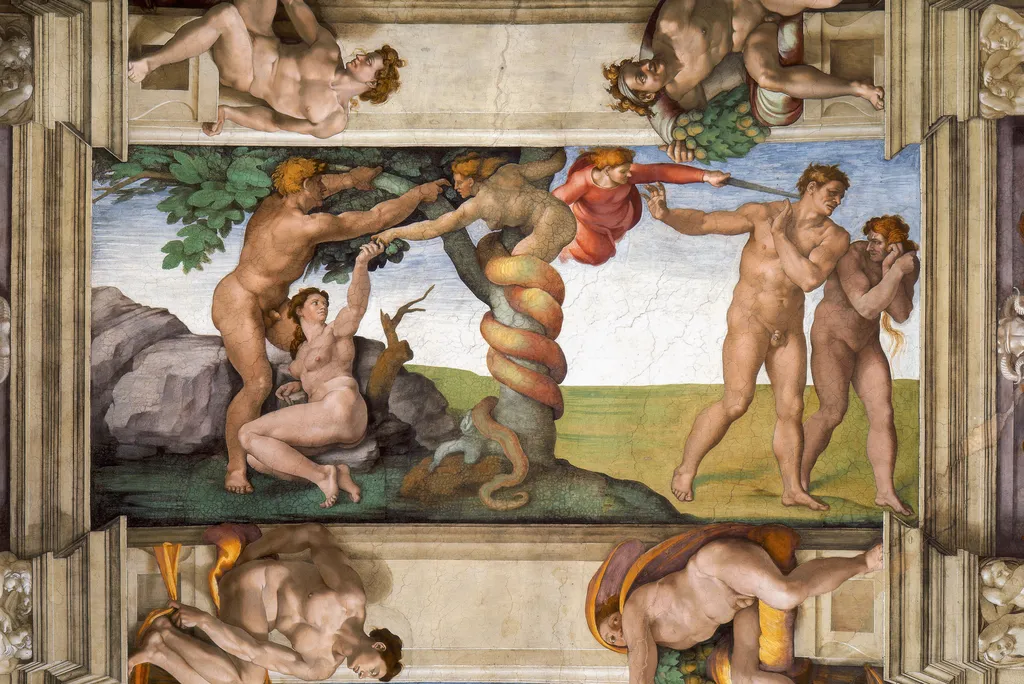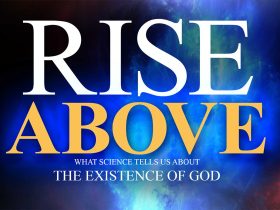I recently learned there are different versions of the Old Testament. One is the Masoretic Text, or MT. The MT was put into its present form in the 10th century by Talmudic scholars. Another version is the Septaugint, which means 70 in Latin, also known as the LXX. The LXX was created much earlier, perhaps around 250 BC by Hebrew scholars at the request of King Ptolemy II of Egypt. It is the first translation of the Bible, and is written in Greek.
Opinions differ on which is more reliable. The Orthodox Church leans toward the LXX. The New Testament contains quotes from the LXX. However, some believe the LXX omits parts of the books of Job and Jeremiah. The Old Testament in today’s Christian Bible is a translation of the MT.
The two versions have different chronologies going back to Adam. For the most part, the list of patriarchs is the same. For the most part, the life spans of the patriarchs are the same. The key difference is in “begetting” ages, the time elapsed from one generation to another. For example, in the LXX Seth is born when Adam is 230, and Adam lives another 700 years after Seth’s birth, for a total of 930 years. In the MT Seth is born when Adam is 130, and Adam lives another 800 years after Seth’s birth, again for a total of 930 years. If it were just Adam, you might think this a simple mistake. However, this exact 100-year difference in the space between generations appears for 12 patriarchs (six before the Flood, six after), and, in the case of Nahor, Abraham’s grandfather, there is a difference of 50 years. This is no accident. Someone or some group deliberately either added 1250 years to the time going back to Adam, or shortened that time by 1250 years.
Scholars have debated which chronology is accurate for two thousand years. Most ancient Christian scholars argued for the originality of the LXX’s primeval chronology, and that consensus lasted over 14 centuries until the Reformation.
The Winter 2018 issue of Bible and Spade, the magazine of Associates for Biblical Research, contains an excellent article on this conundrum by Henry B. Smith Jr. He concludes “the MT’s primeval chronology was deliberately reduced in the second century AD by 1250 years.”
Why? Smith provides a motive. Around 150 BC, an unknown author deceptively claiming to be Moses penned the Book of Jubilees. In Hebrew tradition a jubilee is a period of 49 years. Jubilees rewrites Biblical history into periods of 49 years. In Jubilees, Joshua enters and conquers Canaan on the 50th Jubilee since creation, or exactly 2450 years after creation. To make this work, the author had to do some serious cutting, and slashed 1250 years off the begetting ages.
Jubilees claimed to be a new revelation, originally written ages before on “heavenly tablets” that pre-dated the Torah. Jubilees was extremely popular, and considered authoritative in some early traditions. Smith suggests Jubilees induced Hebrew scholars to adopt lower begetting ages.
Jubilees proposed lower begetting ages than found in the LXX, and the MT authors ultimately adopted many of them. For the first five patriarchs, from Adam to Mahalalel, the MT slices exactly 100 years off the begetting age, as was done in Jubilees. However, for three of the next four patriarchs –Jared, Methuselah, and Lamech – the begetting ages were not reduced. Why not? Smith suggests that the authors of the MT realized that these additional reductions would result in patriarchs (other than Noah and his sons) living beyond the Flood.
One of Smith’s most compelling arguments is that the longer chronology in the LXX is affirmed by at least four independent ancient works. One of these is Antiquities of the Jews by Flavius Josephus, who was a very careful historian. Smith writes: “All reliable external witnesses before AD 100 outside rabbinic influence unanimously testify to the longer chronology.”
This is deep subject, and I can offer only a glimpse of the issues and arguments. I have brutally oversimplified. There are many issues in the chronology back to Adam. However, the 1250-year difference in the begetting ages between the MT and the LXX is the most important. Some try to discredit the LXX, because in some later copies Methuselah lives beyond the Flood, but that has been shown to be a copying error from early versions.
Associates for Biblical Research uses archeology to confirm the biblical record. Smith’s article is important because under the MT chronology there isn’t enough time. If the Flood occurred around 2500 BC, as some might place it based on the MT, many of the dates established by archeological findings and historical records don’t work well. Smith dates the Flood at 3298 BC, and Creation at 5554 BC. These dates leave adequate time for repopulation after the Flood, the Tower of Babel, and the spread of humanity.
I must note I find this post disturbing. I am suggesting the Bible in your house is not completely accurate. I don’t like that, and it doesn’t feel right. I am not telling you what to believe. My goal is to give you facts you may not be aware of, and let you decide.
This post doesn’t contradict in any way the enormous evidence of modern science that the universe and life were designed. This post doesn’t contradict in any way the overwhelming scientific evidence the Earth is young. In past posts I have touched on some of that, such as dinosaur “soft tissue,” Flood memories in societies around the world, and strong DNA evidence. With the LXX chronology, we get times that agree with the archeological and historical evidence.
Thanks for reading.
Doug Ell


















Leave a Reply